Introduction:
A Historic Escalation
In the early hours of June 22, 2025 (local time), under orders from U.S. President Donald Trump, American forces launched precision airstrikes targeting three of Iran’s primary nuclear sites: Fordow, Natanz, and Isfahan. This marked the first-ever U.S. military strikes on Iranian territory, a dramatic escalation in the decades-long conflict over Tehran’s nuclear ambitions.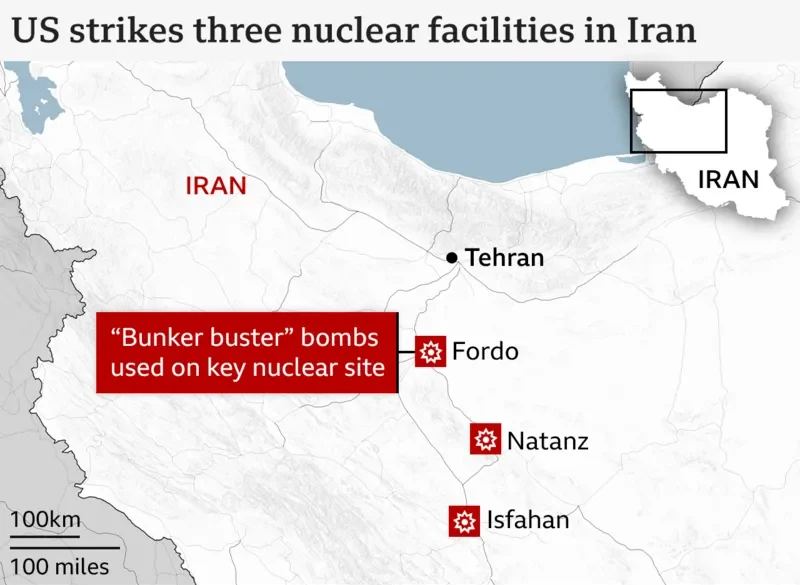
The centerpiece was the deeply buried Fordow facility, situated approximately 300 feet under a mountain—shedding light on why the U.S. deployed its most powerful conventional weapons deep-penetrating Massive Ordnance Penetrator (MOP) “bunker buster” bombs, delivered by stealth-capable B‑2 Spirit bombers. Natanz and Isfahan were struck using submarine-launched Tomahawk cruise missiles.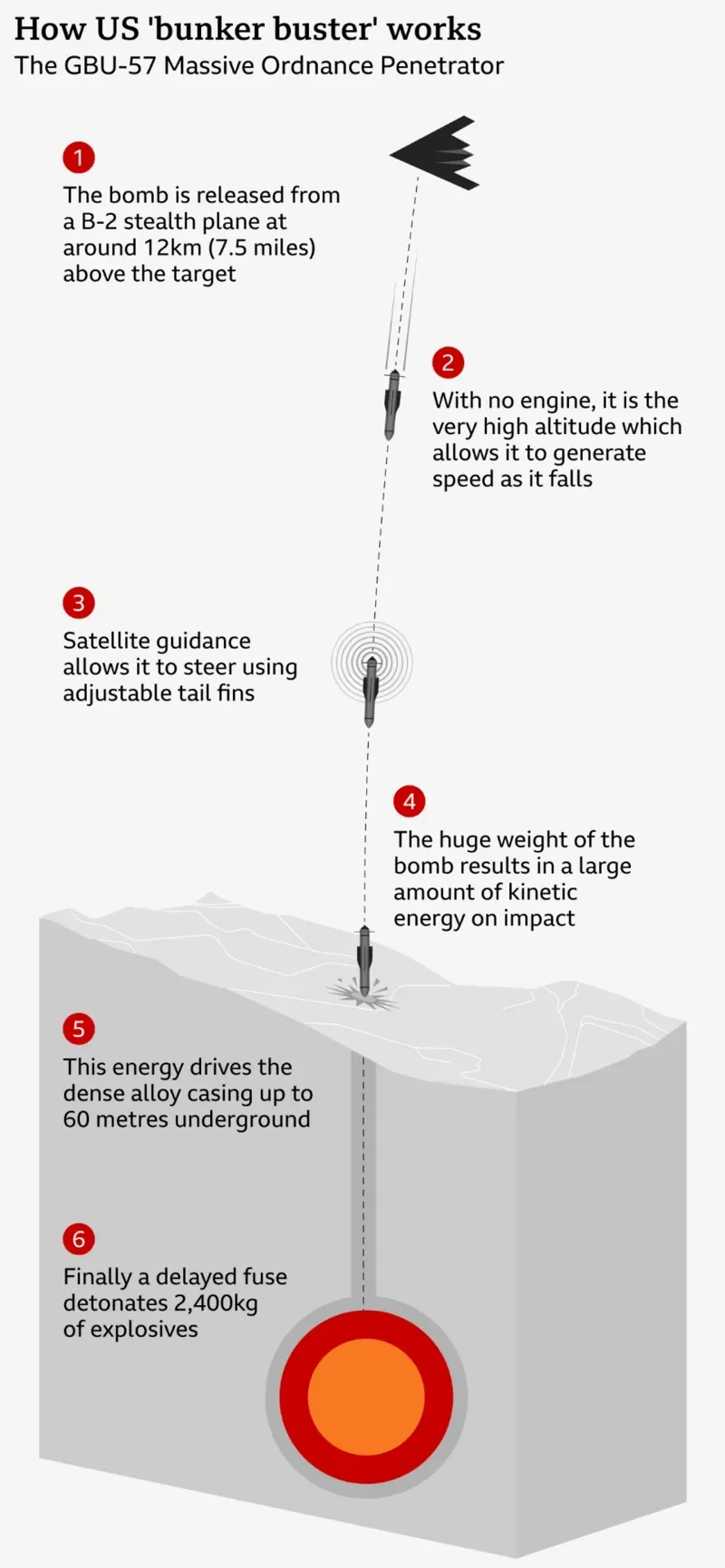
President Trump later declared in televised remarks that the “key nuclear enrichment facilities have been completely and totally obliterated”—a statement with profound geopolitical and military reverberations.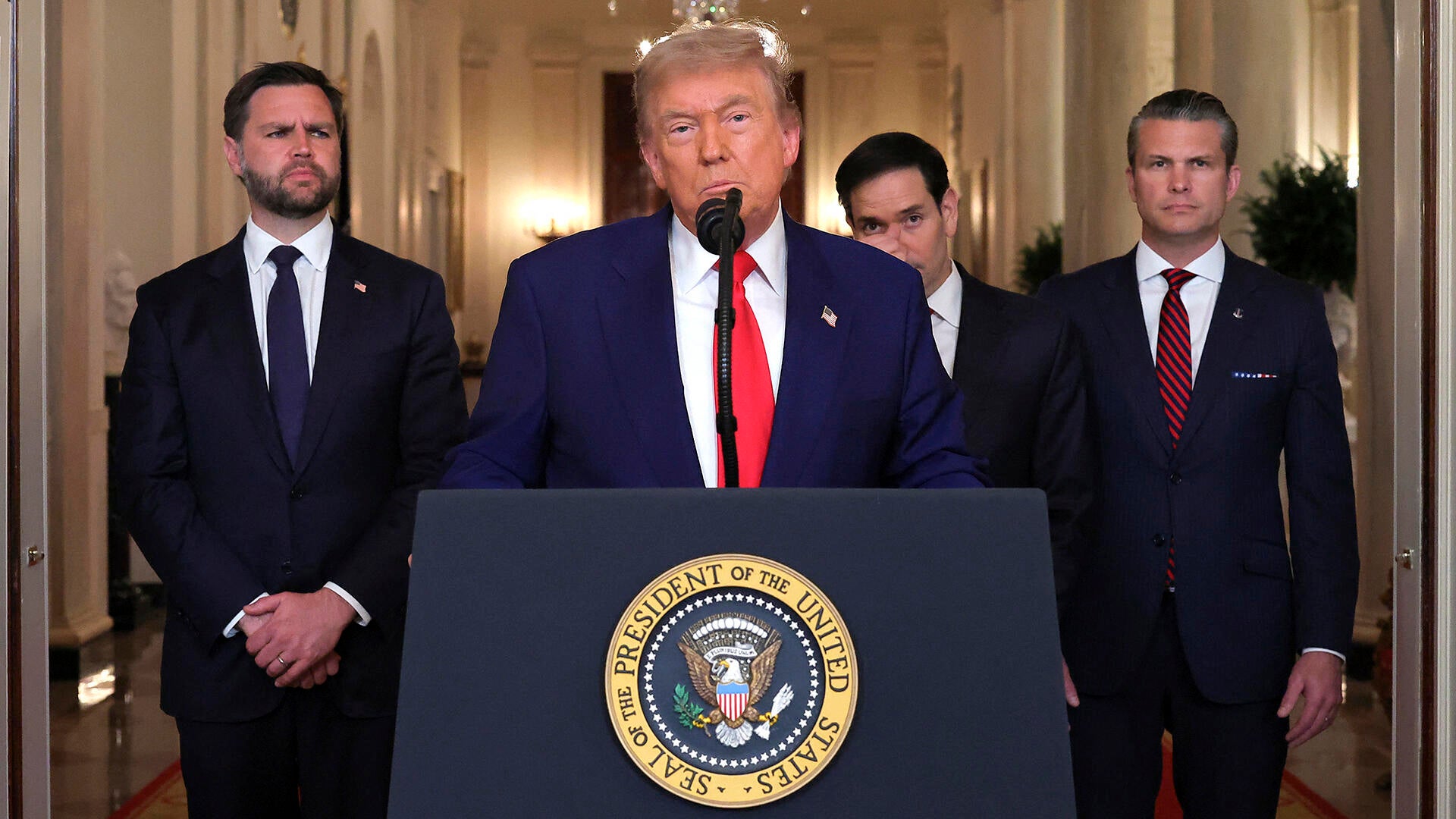
Why Did the U.S. Decide to Strike? A Nuclear Alarm
-Tensions and Escalation with Iran and Israel
Before U.S. involvement, Israel had been conducting a campaign of airstrikes on Iran beginning in early June, targeting Iranian air defenses, missile infrastructure, and some nuclear sites. Israel believed such action was necessary to halt Tehran’s uranium enrichment to near–weapons-grade levels. But Fordow remained out of reach of Israel’s conventional air force, due to its deep underground fortification.
-U.S. Non‑Proliferation Mandate
Iran’s nuclear program had accelerated in early 2025, with enrichment reaching 60% purity—just shy of the 90% threshold for weapons-grade uranium. According to intelligence reports, Iran possessed enough material for multiple bombs and could potentially complete one device within a week.
Despite previous diplomacy attempts, the U.S. judged that the risk of nuclear proliferation posed an unacceptable threat. Trump’s “all options on the table” policy culminated in military action when diplomatic means seemed inadequate.
-Strategic and Political Calculation
Domestically, supporters argued the strike reaffirmed U.S. resolve and fulfilled commitments to allies like Israel. Critics countered that it bypassed Congress, risking spiral into open war—despite repeated assurances from Trump that regime change was not the objective.
U.S. Military Technology in Action
-B‑2 Spirit and Massive Ordnance Penetrators
The U.S. dispatched six GBU‑57A/B MOP bombs, each weighing around 30,000 lb, delivered by B‑2 stealth bombers (click here for more about B-2) refueled in-flight after a nearly 30-hour round-trip from Whiteman AFB, Missouri, via Guam.

The Fordow bunker, embedded miles underground, required multiple strikes. These bombs, capable of penetrating over 200 feet of rock before detonating with high precision, were the only conventional option able to breach the depth and reinforcement of the site.
-Tomahawk Missile Strikes
Simultaneously, roughly 30 Tomahawk cruise missiles were launched from Navy submarines targeting Natanz and Isfahan, disrupting Iran’s centrifuge capacity and infrastructure above ground.
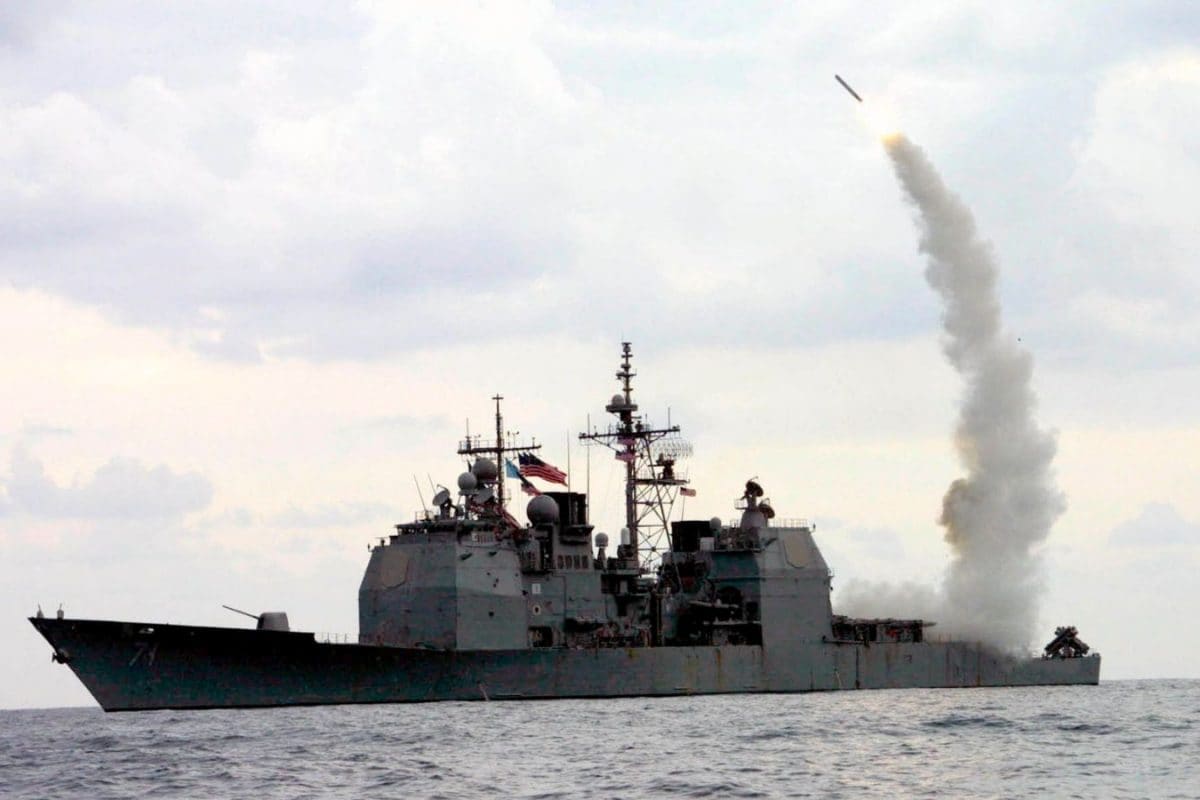
-Cyber Warfare and Decoys
Satellite communications reported potential cyberattacks and logistical decoys were used to confuse Iranian air defenses, ensuring the stealth bombers reached their targets unscathed.
Iran’s Losses
-Fordow — “Gone”
Trump proclaimed Fordow “gone,” and independent sources confirmed major damage. Iran’s own officials admitted parts were destroyed but downplayed radiation threats because the site was evacuated and critical materials moved.
-Natanz and Isfahan struck
Natanz saw disruption but also had experienced power outages from earlier Israeli strikes, which may have already rendered some centrifuges inoperative. Isfahan, while less centralized, also faced significant missile damage.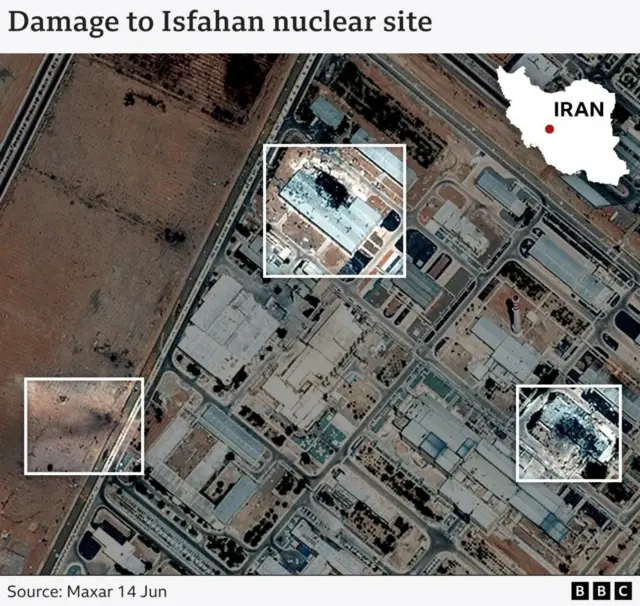
-Nuclear Setback
As a result, Iran’s nuclear program is widely assessed to be set back significantly, with loss of enrichment capability and disrupted timelines. However, underground depth and contingency measures complicate total elimination.
U.S. Strategic Objectives
-Disable Nuclear Pathways
The primary objective was non-proliferation: to delay or prevent Iran’s ability to produce a bomb, ideally creating time to restart diplomacy from a weaker Iranian position.
-Demonstrate Allied Capabilities
The U.S. aimed to demonstrate military dominance—not only for allies but also to convey deterrent power to rivals (e.g., North Korea, China, Russia).
-Coerce Diplomacy
Trump called this a “one-off” move aimed at forcing Iran into peace negotiations—echoing classic deterrence: “first strength, then peace.” Still, the U.S. warned of further strikes if Iran did not comply.
Repercussions and Reaction
-Regional Fallout
Iran launched missile attacks into Israel, causing minor but symbolic damage. Israel retaliated with additional strikes inside Iran.
Gulf nations responded with heightened alerts. Thousands of foreign nationals were evacuated, and military coalitions reinforced presence in Qatar, Bahrain, Iraq, Syria, and Jordan.
-International Community
Allies were divided: UK and EU allies called for restraint; France, Russia, and Turkey demanded diplomatic returns. The IAEA and UN confirmed no detectable radiation leaks.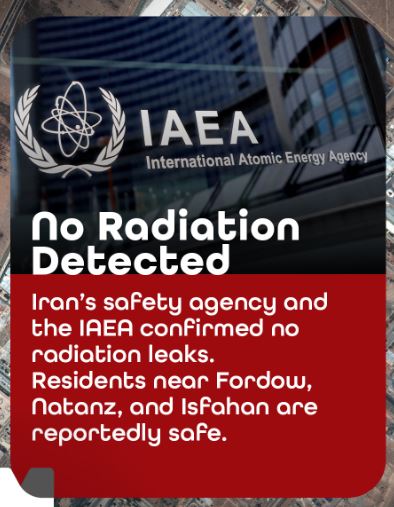
-Domestic U.S. Debate
Republicans and conservatives largely supported decisive action. Democrats criticized the move for lacking Congressional approval and risking entanglement. Elevated oil prices, markets jittery, and questions about executive powers emerged.
What’s Next?
-Iran’s Next Moves
- Retaliation: Likely through asymmetric tactics—via proxies, cyberwarfare, targeting oil infrastructure, or missile strikes.
- Diplomacy: Iran’s willingness is uncertain. Foreign Minister Araghchi denies Iran is open to negotiation.
-U.S. Regional Posture
The U.S. has reinforced naval and air assets in the region. Allies like the UK might provide support; U.S. bases face increased threats.
-Nuclear Proliferation Risks
Experts warn the strike may accelerate proliferation: regional actors may now see nukes as essential deterrents.
-Diplomatic Restart?
Despite the violence, global players—Russia, China, the UN, EU—call for re-engagement. A tougher deal may be needed, with strict IAEA access and limitations on enrichment and missile programs.
The B‑2 Striker & 13,000 kg Bombs
The six MOP bombs total ~180,000 lb, each weighing ~13.6 tonnes (≈30,000 lb). Delivered by a sleek and stealthy B‑2 bomber(click here for more about B-2), these weapons were crucial in breaching heavily reinforced nuclear bunkers. The Fordow strike represents the first-ever combat deployment of the GBU‑57 MOP.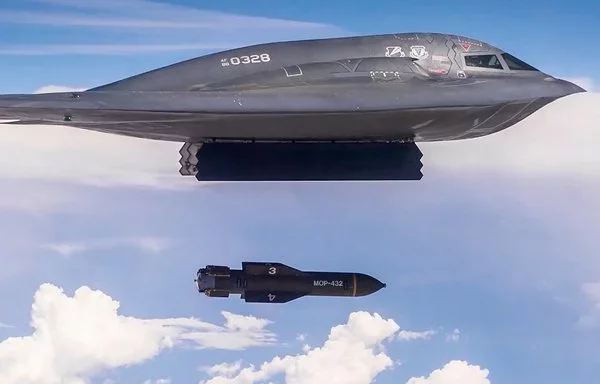

Analysis & Implications
-Military Feats vs. Political Risks
The U.S. showcased cutting-edge military reach—marrying stealth aircraft with subterranean strike munitions. Yet, the risk of unintended escalation looms large—any misstep could trigger exchanges against global shipping lanes, embassies, or allied forces.
Is Reagan-Era “Peace Through Strength” at Work?
Trump’s claim—“first comes strength, then comes peace”—aligns with traditional deterrence. But Iran’s refusal to capitulate suggests another round of confrontation could follow.
Treaty Law & Sovereignty Debate
Iran labeled the strikes illegal under international law. Western nations were split: Some argued Iran was an active proliferation threat, others warned that sovereign violations might inflame global standards.
Proliferation Paradox
Strikes intended to stifle nuclear power may ironically encourage states to seek their own warheads. If neighbors perceive the U.S. might physically disable nukes, clandestine programs may accelerate.
Summary
| Aspect | Key Points |
|---|---|
| Objective | Bluntly reduce Iran’s nuclear capability |
| Execution | B‑2 bombers with MOP, timed Tomahawks, cyber/decoy support |
| Outcome | Significant physical damage, but full extent still under assessment |
| Regional Effect | Heightened military alert, regional missile exchanges |
| International Reaction | Divided—calls for restraint, concern over law and stability |
| Looking Ahead | High-stakes diplomacy, risk of escalation—no off-ramp yet |
What’s Happening Now
As of June 22, 2025:
- IAEA confirmed no radiation leaks.
- Iran’s missile strikes on Israel triggered minor injuries and property damage.
- Allied forces on high alert, especially in Gulf states.
- Markets responded: oil prices rose, safe-haven assets advanced.
The situation remains volatile. Diplomatic channels are open—but both sides are now militarily committed.
🧭 Final Thoughts
The American strike on Iran’s nuclear sites—led by B‑2 bombers and bunker-busters—was technologically bold and strategically pointed. It temporarily derailed Tehran’s enrichment pathway but also ratcheted up geopolitical tension to dangerous levels. With responses and ripple effects still unfolding, the coming weeks will be critical in deciding whether diplomacy regains ground, or if the Middle East slides into broader conflict.
(Click notification ![]() for more updates)
for more updates)
By: V.Harishram
”Stay true, bring facts to you”


